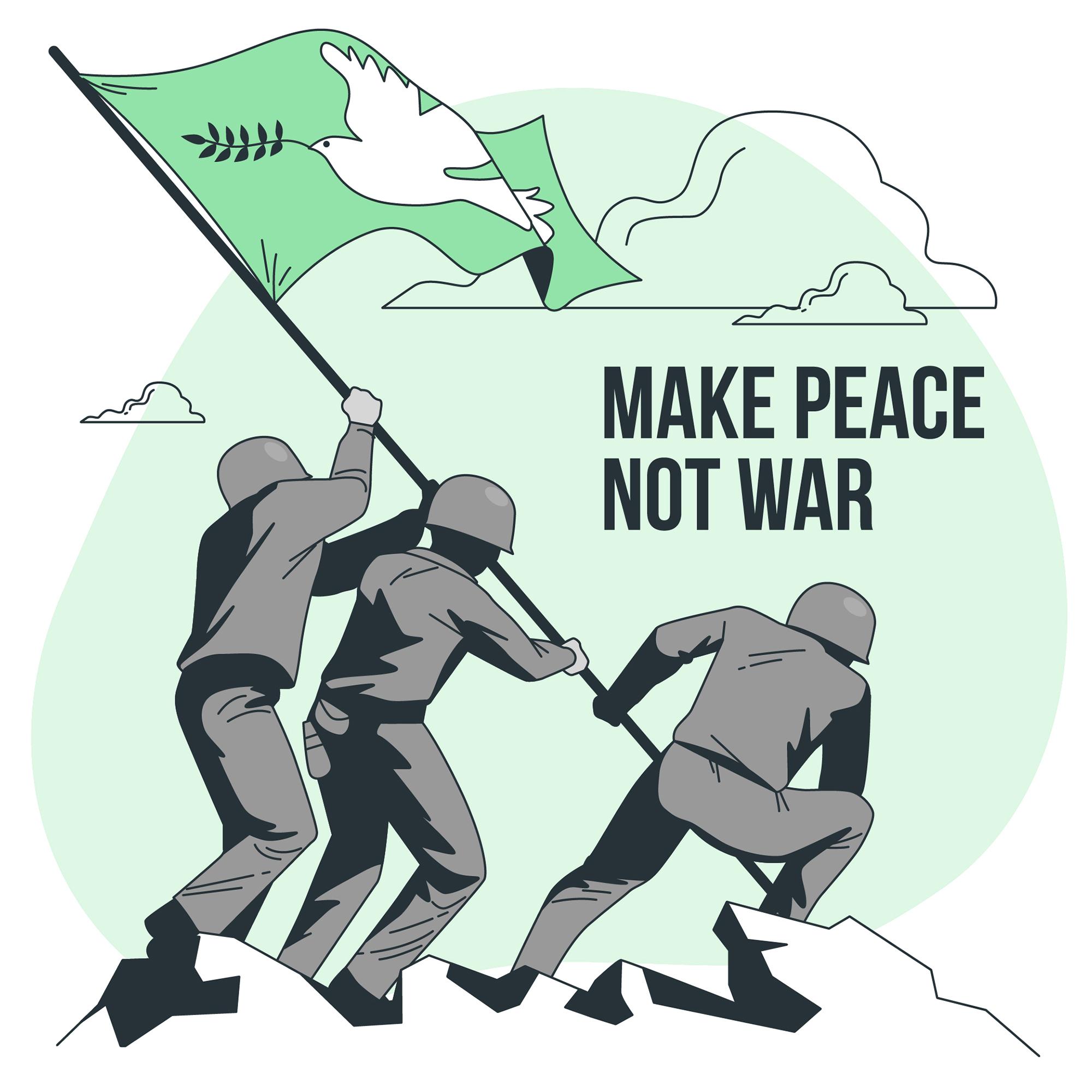The Soviet Invasion of Bucharest: Turning Point in WWII
In late August 1944, the Soviet Red Army invaded Bucharest, marking a significant turning point in World War II. Romania, initially an ally of Nazi Germany, experienced a dramatic shift in allegiance following the invasion. This move was part of the Soviet's larger strategy to dismantle the Axis powers and secure Eastern Europe under communist influence.
 Soviet troops greeted by locals in Bucharest, August 1944. Source: Wikipedia
Soviet troops greeted by locals in Bucharest, August 1944. Source: Wikipedia
During the summer of 1944, the tide of war was turning against Germany. The Soviets had launched a massive offensive on the Eastern Front, pushing German forces back. The invasion of Bucharest occurred after Romania's King Michael I orchestrated a coup against the pro-German government, leading to Romania's surrender to the Allies and subsequent cooperation with Soviet forces.
The immediate aftermath of the invasion saw Romania switching sides to support the Allies. Romanian troops joined Soviet forces in the fight against Germany, contributing to the eventual defeat of the Axis powers in Europe. This shift had profound implications for Romania, paving the way for the establishment of a communist regime under Soviet influence.
In the decade following the invasion, Romania underwent significant social, political, and economic changes. The Soviet occupation led to the nationalization of industries and collectivization of agriculture. The communist government suppressed political dissent and established a centralized economy, which impacted the daily lives of Romanians for decades.





